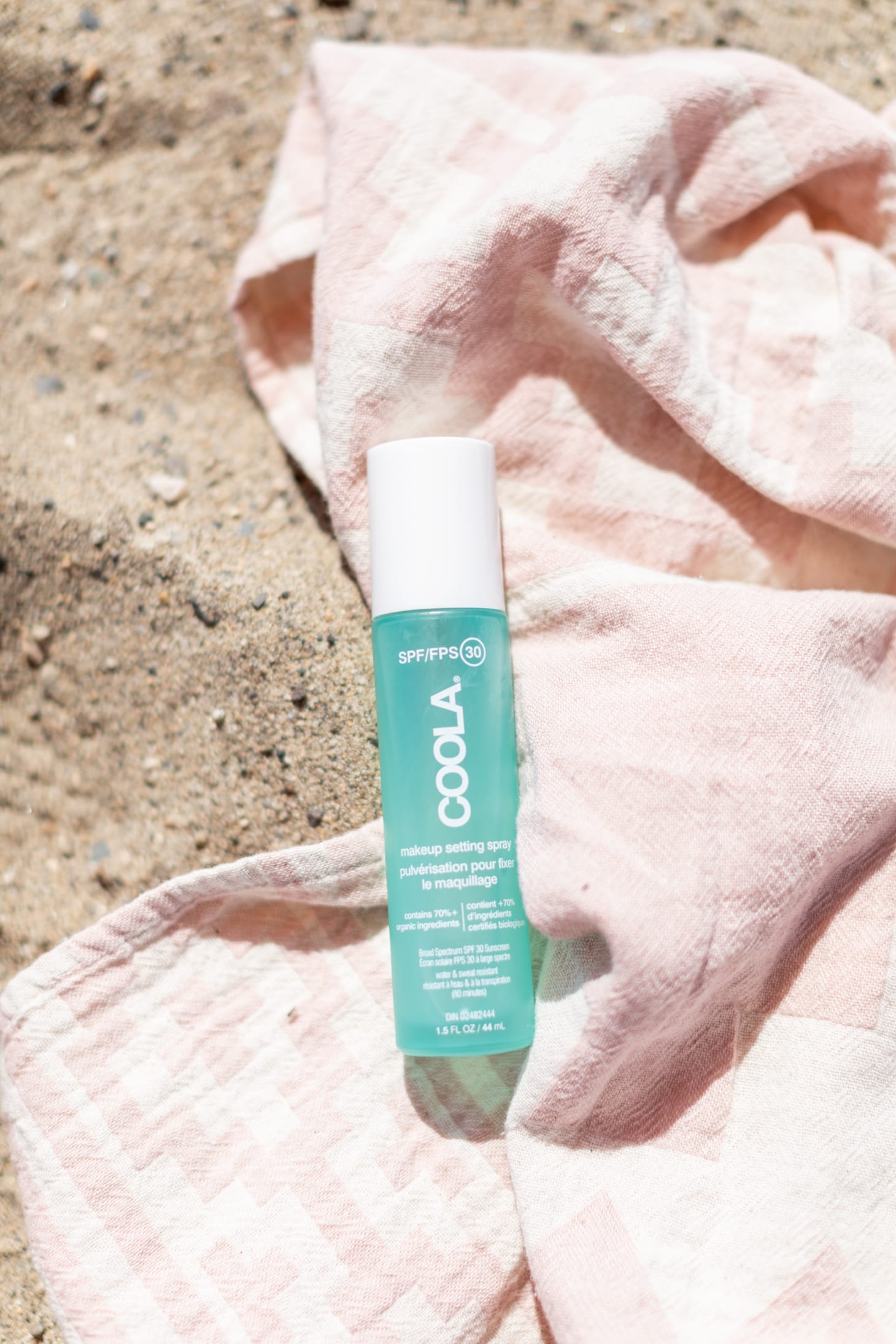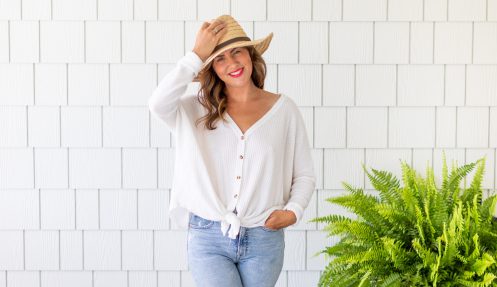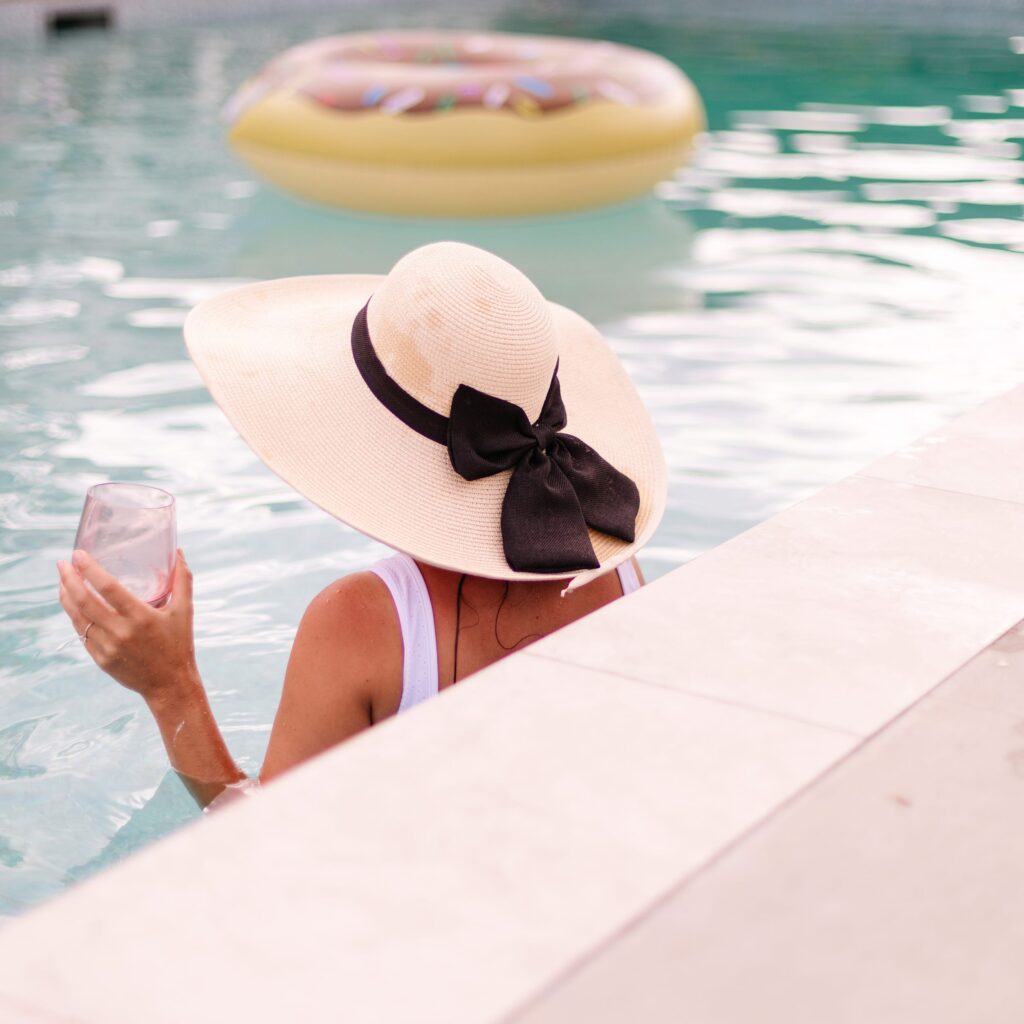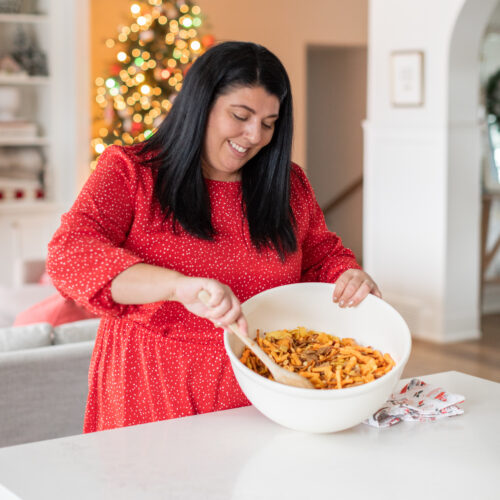The sun is shining in the Okanagan and I LIVE for those desert-like hot summer days! Since I’ll be spending more time outside more than ever before at the farm, of course, it’s never been more important to take care of your skin. There is so much misinformation you can find online, which is why I asked Dr. Weise, a primary care skin cancer physician to share a few tips and stats to help us keep our skin protected all summer long!
Take it away Dr. Wiese!
I was only 18 when my father was diagnosed with widespread kidney cancer. It was not supposed to happen. Your parents are supposed to die only when you are ready, and they are “old.” My life changed in so many ways while supporting my dad. Extensive surgeries, chemotherapy, radiation, and then ultimately, “sorry, there is nothing more that we can do.”
I promised myself as a young medical student that I will be different. I will try to be more proactive in my approach to medicine, compared to the reactive norm. I am Dr. Ben Wiese. Me and my wife, Dr. Lize Wiese, are primary care skin cancer physicians helping patients manage their skin cancers in Kelowna, and all over BC. We are strong advocates for prevention and doing our best to create skin cancer awareness throughout Canada.
Types of sunscreen:
1. Physical sunscreen
Which is crushed minerals that do not get absorbed into your skin. Example ingredients would be titanium dioxide and zinc oxide that reflect and refract UV radiation away from the skin. Some people don’t like the white residue it creates, but this is where a tinted physical sunscreen can be a game-changer. This type of sunscreen is also for people who like the idea that nothing gets absorbed into the skin.
2. Chemical sunscreen
Are more commonly available and does get absorbed by the skin. It typically will have ingredients such as Oxybenzone and Avobenzone that absorb UV light. These sunscreens “soak in” easier without any residue. There is also no medical evidence that these sunscreens “cause cancer.”


Sun-safe clothing:
Clothing is probably your best option, specifically UPF clothing, to help protect the skin. UPF is the UV protection rating for clothes. This type of clothing is specifically created and infused with crushed minerals, like zinc and titanium, in the fabric fibres. This will then act as a very comfortable wearable “broad-spectrum sunscreen.”
Did you know that a white cotton T-shirt has a UPF rating of only 5-7, compared to a UPF 50 shirt? Why does this matter, since you don’t “burn’ through your clothing, do you? This is where UVA and UVB plays a role. UVB is the damaging UV light that causes us to get a sun burn. Luckily, regular clothing, blocks UVB out quite well, hence no burning with keeping your shirt on. However, you also get UVA. This type of UV light penetrates much deeper into the skin than UVB and unfortunately penetrates regular clothing, and even windows. UVA damages the skin’s DNA, which in the long run contributes to skin cancer formation. This is the benefit of UPF clothing, that it gives broad-spectrum protection, exactly like making use of a broad-spectrum sunscreen.

Know your risk:
If you are fair, with some red pigment in your hair, more than 100 freckles/moles or a family history of skin cancer, make sure to:
- Cover as much as possible of your skin with UPF clothing.
- Use a broad-spectrum sunscreen 30-45 SPF daily on the areas not covered by clothing.
- Seek the shade from 11 to 4 pm, when the UV index is at its highest.
- Eat oily fish like Salmon, 2 to 3 times per week.
- Take Niacinamide/Tru Niagen, high doses have shown to reduce the risk of skin cancer by up to 30%.
If you have anything on your skin that is new, changing, non healing or concerning, make sure to see your family physician as soon as possible.





